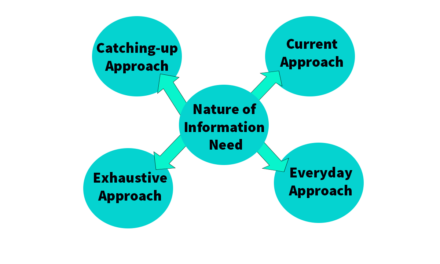Strategies for Finding and Engaging New Library Users:
Libraries are valuable resources for communities, offering a wealth of knowledge, services, and programs. However, many libraries face challenges in attracting and retaining users, especially those who may not be aware of the services, programs, and collections available. In this article, we will explore some of the strategies for finding and engaging new library users based on their preferences, needs, and behaviors.
1. Know Your Audience: The first step in reaching new library users is understanding who they are and what they need. Research your audience using various methods like surveys, focus groups, interviews, observation, or data analysis. Segment your audience based on demographics, interests, behaviors, or needs to tailor your outreach and marketing efforts. Knowing your audience will help you connect with them effectively and increase your chances of success.
2. Use Multiple Channels: Once you have a clear picture of your audience, choose the best channels to reach them. Consider a mix of online and offline channels based on your budget, capacity, and audience preferences. Online channels include your website, social media, email, blog, podcast, or video, while offline channels encompass flyers, posters, brochures, newsletters, press releases, and events. Partnering with other organizations, such as schools, nonprofits, or businesses, can also help you expand your reach.
3. Create Compelling Content: To engage potential library users, your content must be relevant, informative, and engaging. Highlight the benefits and value of your library’s services, programs, and collections, and use clear and catchy messages, images, and calls to action. Storytelling techniques can be powerful in showcasing the impact of your library and its users. Additionally, create content that invites feedback, participation, or collaboration, such as polls, quizzes, contests, or challenges.
4. Monitor and Evaluate: Measuring the effectiveness of your outreach and marketing efforts is crucial. Use tools and metrics like web analytics, social media insights, email statistics, and surveys to track and analyze your performance. Set specific and realistic goals and objectives for your activities and compare them with your actual outcomes. Seek feedback from your audience and stakeholders and use it to improve your strategies and practices.
5. Build Relationships: The ultimate goal of reaching new library users is to build lasting and meaningful relationships with them. Focus not only on attracting them but also on retaining and engaging them. Provide excellent customer service, personalized communication, and opportunities for learning and growth. Acknowledge and reward their loyalty, involvement, and contribution. Encourage them to spread the word about your library and invite others to join.
6. Adapt and Innovate: Finding and reaching new library users is an ongoing process. Stay vigilant about changing needs, preferences, and behaviors within your audience and the environment. Keep up with the latest trends, technologies, and best practices in library outreach and marketing. Be flexible and willing to experiment with new ideas, methods, and channels. Learn from your successes and failures, using them to refine and enhance your outreach and marketing efforts.
In conclusion, reaching new library users is a dynamic and strategic process that involves understanding your audience, using multiple channels, creating compelling content, monitoring and evaluating, building lasting relationships, and adapting to change. By following these strategies and remaining open to innovation, libraries can continue to grow their user base and serve as invaluable resources for their communities.

Library Lecturer at Nurul Amin Degree College










